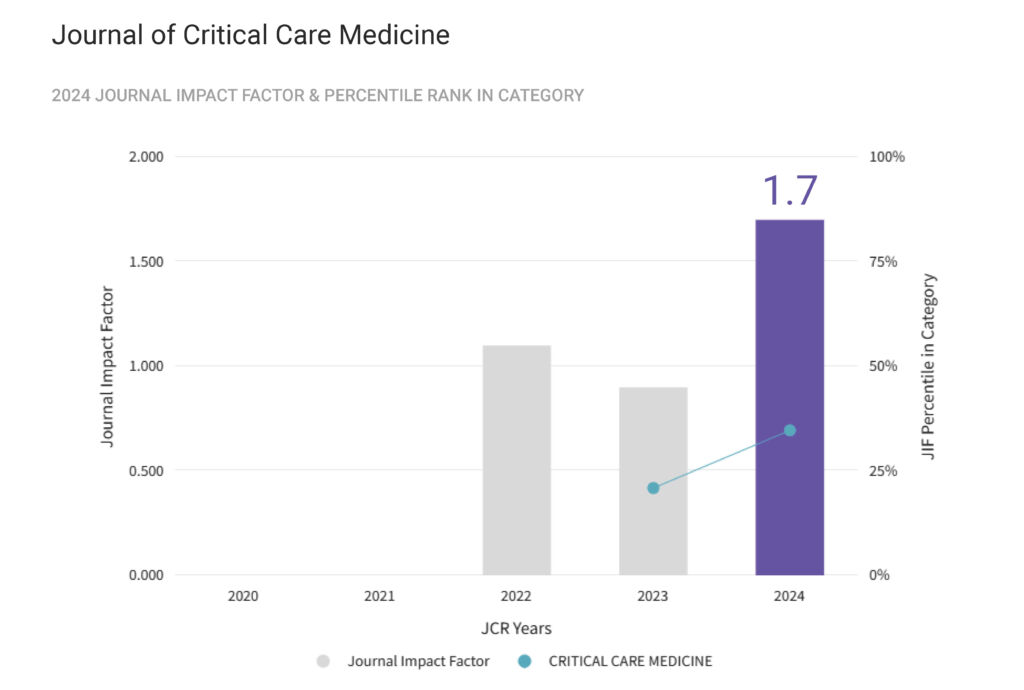Acute Respiratory Distress Syndrome [ARDS] is a critical condition characterized by severe respiratory failure due to widespread lung inflammation, which can arise from various causes including trauma, infections, and systemic diseases. Among the rare causes is infection with Ascaris lumbricoides, a helminth typically affecting the gastrointestinal tract but capable of causing severe respiratory complications. We present the case of a 41-year-old woman with acute respiratory distress and negative viral and bacterial tests, who was ultimately diagnosed with Ascaris lumbricoides-induced ARDS. Her management included mechanical ventilation, antimicrobial therapy, corticosteroids, and eventually anthelmintic treatment after discovering the parasite. Despite initial deterioration and severe hypoxemia, the patient improved significantly following anthelmintic therapy, allowing extubation on day 8 and ICU discharge on day 12. Helminth-induced ARDS, though rare, should be considered in critically ill patients, especially in endemic regions. Early identification and appropriate therapy can dramatically improve outcomes.
Tag Archives: acute respiratory failure
Accuracy of Critical Care Ultrasonography Plus Arterial Blood Gas Analysis Based Algorithm in Diagnosing Aetiology of Acute Respiratory Failure
Introduction: Lung ultrasound when used in isolation, usually misses out metabolic causes of dyspnoea and differentiating acute exacerbation of COPD from pneumonia and pulmonary embolism is difficult, hence we thought of combining critical care ultrasonography (CCUS) with arterial blood gas analysis (ABG).
Aim of the study: The objective of this study was to estimate accuracy of Critical Care Ultrasonography (CCUS) plus Arterial blood gas (ABG) based algorithm in diagnosing aetiology of dyspnoea. Accuracy of traditional Chest X-ray (CxR) based algorithm was also validated in the following setting.
Methods : It was a facility based comparative study, where 174 dyspneic patients were subjected to CCUS plus ABG and CxR based algorithms on admission to ICU. The patients were classified into one of five pathophysiological diagnosis 1) Alveolar( Lung-pneumonia)disorder ; 2) Alveolar (Cardiac-pulmonary edema) disorder; 3) Ventilation with Alveolar defect (COPD) disorder ;4) Perfusion disorder; and 5) Metabolic disorder. We calculated diagnostic test properties of CCUS plus ABG and CXR based algorithm in relation to composite diagnosis and correlated these algorithms for each of the defined pathophysiological diagnosis.
Results: The sensitivity of CCUS and ABG based algorithm was 0.85 (95% CI-75.03-92.03) for alveolar (lung) ; 0.94 (95% CI-85.15-98.13) for alveolar (cardiac); 0.83 (95% CI-60.78-94.16) for ventilation with alveolar defect; 0.66 (95% CI-30-90.32) for perfusion defect; 0.63 (95% CI-45.25-77.07) for metabolic disorders.Cohn’s kappa correlation coefficient of CCUS plus ABG based algorithm in relation to composite diagnosis was 0.7 for alveolar (lung), 0.85 for alveolar (cardiac), 0.78 for ventilation with alveolar defect, 0.79 for perfusion defect and 0.69 for metabolic disorders.
Conclusion: CCUS plus ABG algorithm is highly sensitive and it’s agreement with composite diagnosis is far superior. It is a first of it’s kind study, where authors have attempted combining two point of care tests and creating an algorithmic approach for timely diagnosis and intervention.










